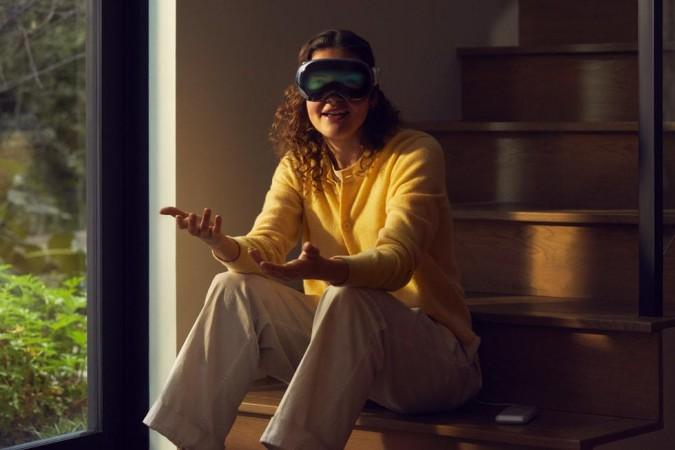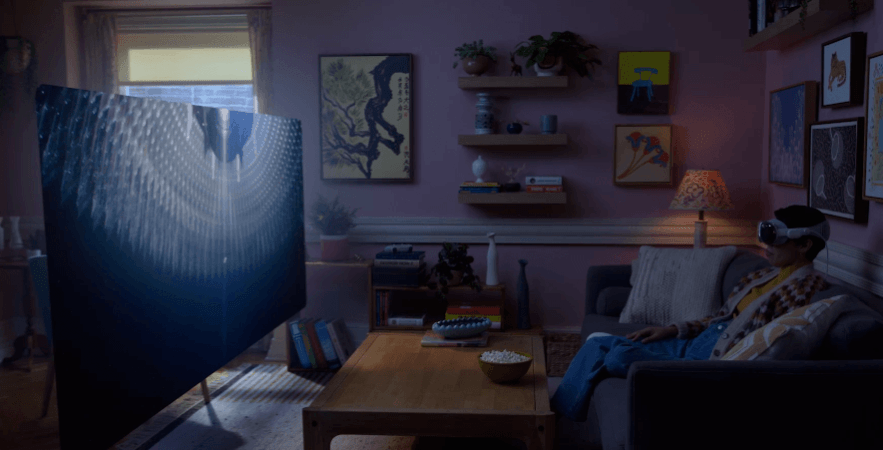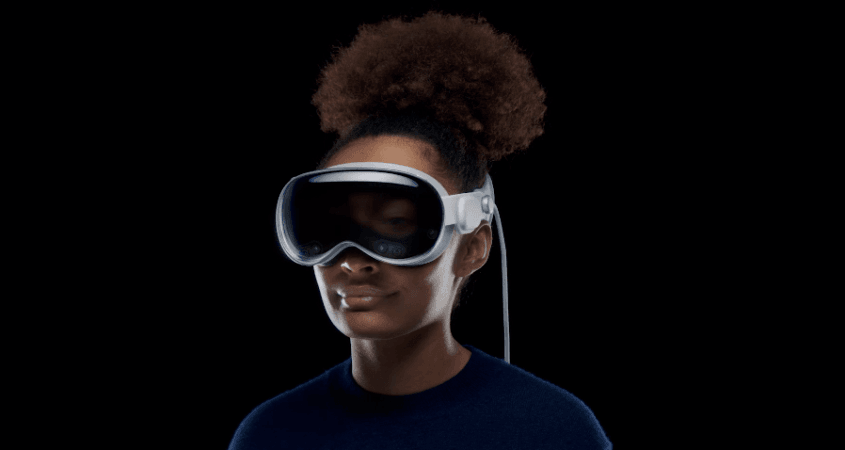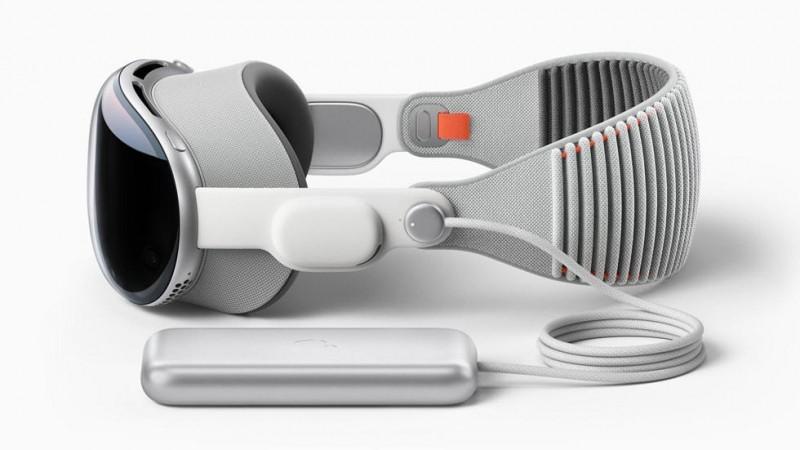Apple's AR headset has long been fuelling the rumour mills. The suspense finally ends at WWDC 2023 in California, where Apple demonstrated its first spatial computer "Apple Vision Pro". This is a completely new product category Apple has forayed into and marks a beginning of a revolutionary future. Apple has found a way to fuse the digital world and physical world with the only barrier being its eyewear. As Tim Cook puts it, "It's the first Apple product you look through, and not at."
Apple Vision Pro is a futuristic piece of hardware, even though the world is not new to AR/VR technologies. Right from the effortless design to advanced features, the Vision Pro gives you a peek into the future. Ten years from now, we'll probably be wondering how the Vision Pro reshaped the way we interact (or not) wearing that bulky piece of hardware. That's a discussion for another day.

Apple Vision Pro: Explained
Apple Vision Pro packs a whole lot of sophisticated tech and features, but let's decode it. At first glance, they look like a pair of scuba diving goggles. But it's the tech inside that's most interesting than the design.
Apple Vision Pro is both an AR and VR device, which can be switched using the dial (read crown). There are no complicated controls, you just use your eyes, hands, and voice. Cool, right? Simply tap to select, flick to scroll, or use your voice commands. Wondering how that's done? Well, there are downward-facing cameras in the headset, which capture your hand movements, even when they're resting low on your body.

The Vision Pro is powered by visionOS, which at the launch demo looked remarkably seamless. The visionOS features a three-dimensional interface that displays apps side by side at any scale. There's no limitation on the screen real estate as the world is your canvas. To put all that screen real estate to good use, there's Spatial Audio System, which will transform your movie-watching experience.

As for the headset itself, it has glass upfront, an aluminium frame with five sensors, six microphones, 12 cameras, and a 4K display for each eye. The headset mask comes in different sizes for perfect fit and strap uses 3D knitted cloth with cushioning that's stretchable and breathable. The headset is designed using lightweight materials, to encourage long-wearing sessions. The headset is powered by M2 and all-new R1 chips. Apple says the R1 streams new images to the display within 12 milliseconds, which is 8 times faster than the blink of an eye.

The headset even supports Magic Keyboard and Magic Trackpad, which can be used to connect your Mac so you can use it inside the headset wirelessly. This is some Tony Stark-level computing right there. But what we really liked from the presentation is how the Apple Vision Pro can be used to capture memories and relive them with Spatial Audio. The entire photo library can be pulled up from iCloud to go back in time and live those moments like they're happening in real-time. Now, the fun part is when you are viewing panoramic shots you capture on your iPhone as it wraps around you so you can just turn around to enjoy it in its entirety.
Apple has made FaceTime possible with Vision Pro in a smart way. Instead of showing you wearing the Vision Pro during the call, a Persona, a digital avatar, will be created for the user which will mimic face and hand movements in real-time during the call. Spatial Audio support makes the audio travel from a particular direction when the FaceTime call is on a life-size tile.
Even when a user is wearing the face-covering Vision Pro, Apple wants you to be connected with the physical world with EyeSight, which turns the device transparent so the user's eyes are visible. Similarly, when the user is immersed, it will show visual clues.

What about those who wear prescription glasses? Apple has you covered, in a way. It partnered with ZEISS to provide Optical Inserts to ensure visual fidelity and eye tracking accuracy. Now, that's an added expense on top of the $3499 price tag. The pricing of ZEISS Optical Inserts will be revealed at a later date.
Another detail to note is that it's not entirely wireless. There's a single wire from the Vision Pro which connects to its external, high-performance battery, which looks like a power bank, and provides up to two hours of use.

With privacy at the core of Apple, Vision Pro is unlocked by your iris. Like FaceID and TouchID in iPhones, Vision Pro has Optic ID, which analyzes a user's iris under various invisible LED light exposures, and then compares it to the enrolled Optic ID data that is protected by the Secure Enclave to instantly unlock Apple Vision Pro.
Visibly excited to unveil the Vision Pro, Tim Cook said: "Today marks the beginning of a new era for computing. Just as the Mac introduced us to personal computing, and iPhone introduced us to mobile computing, Apple Vision Pro introduces us to spatial computing."

















